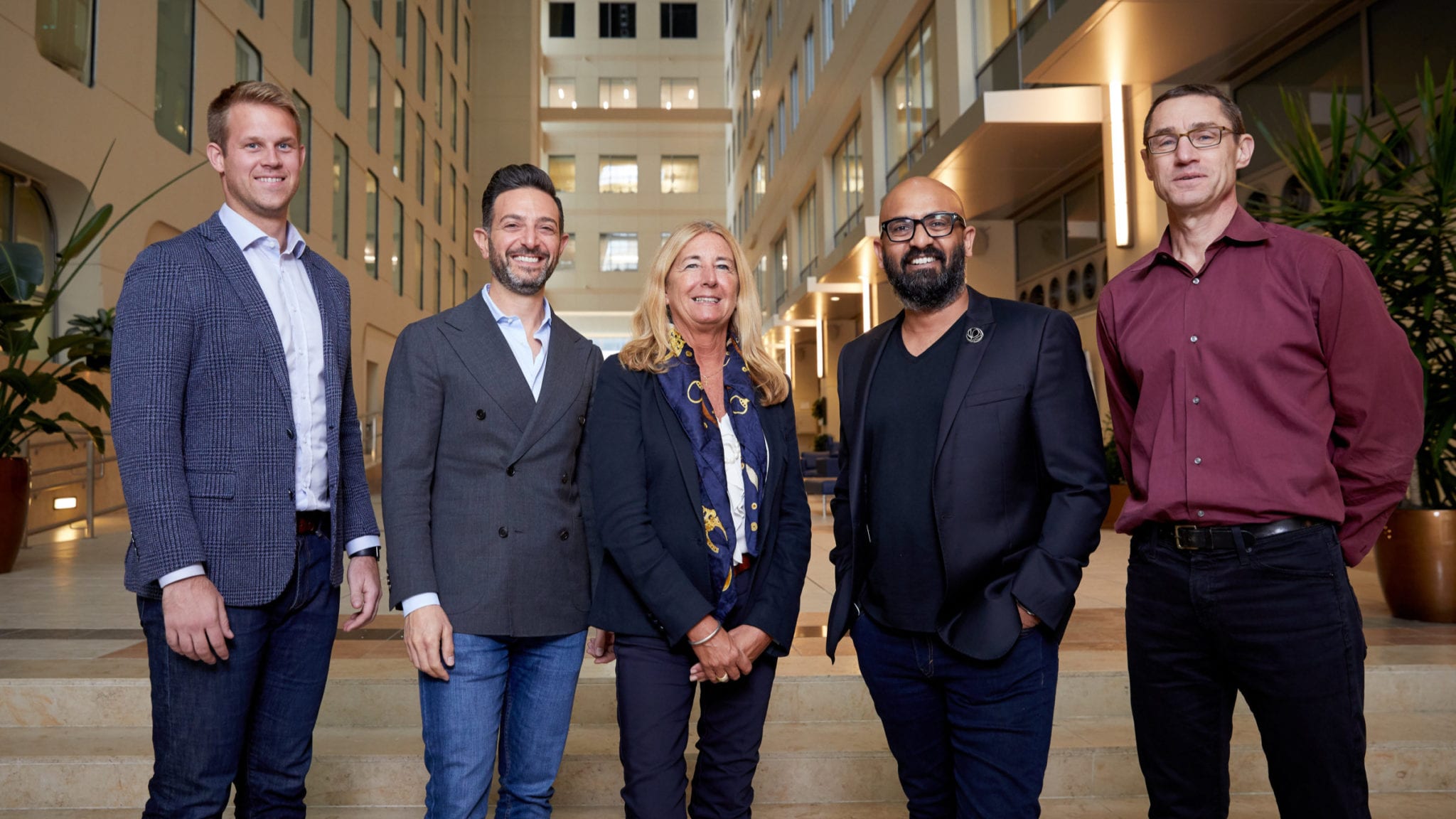
Nick Plugis, Avak Kahvejian, Cristina Rondinone, Milind Kamkolkar and Chad Nusbaum. (Cellarity)
Cellarity, Flagship's $50M bet on network biology, marries machine learning and single-cell tech for drug discovery
Cellarity started with a simple — but far from easy — idea that Avak Kahvejian and his team were floating around at Flagship Pioneering: to digitally encode …
Sign up to read this article for free.
Get free access to a limited number of articles, plus choose newsletters to get straight to your inbox.